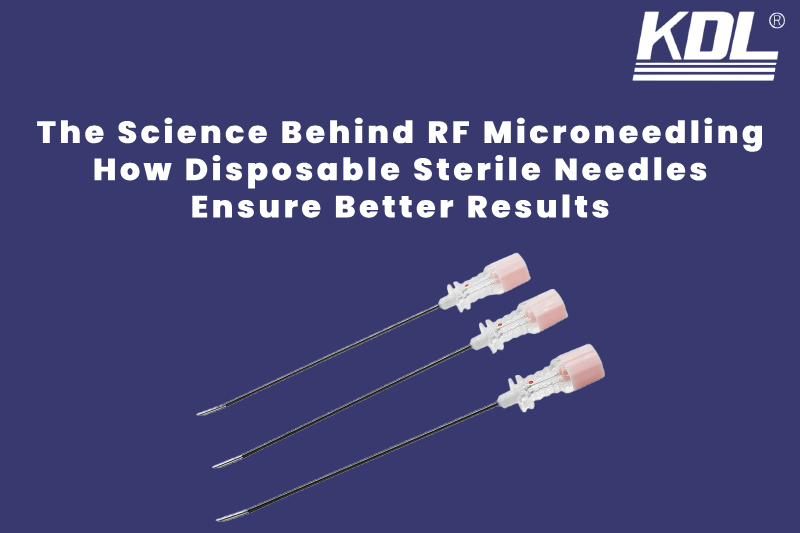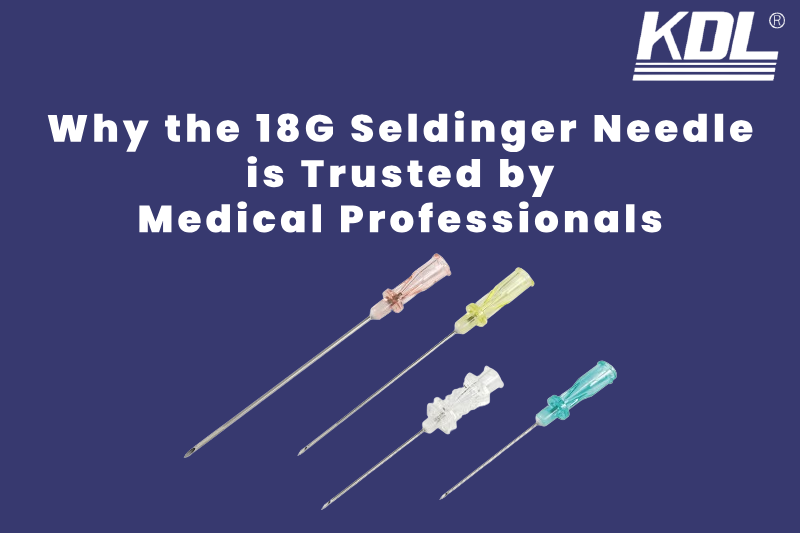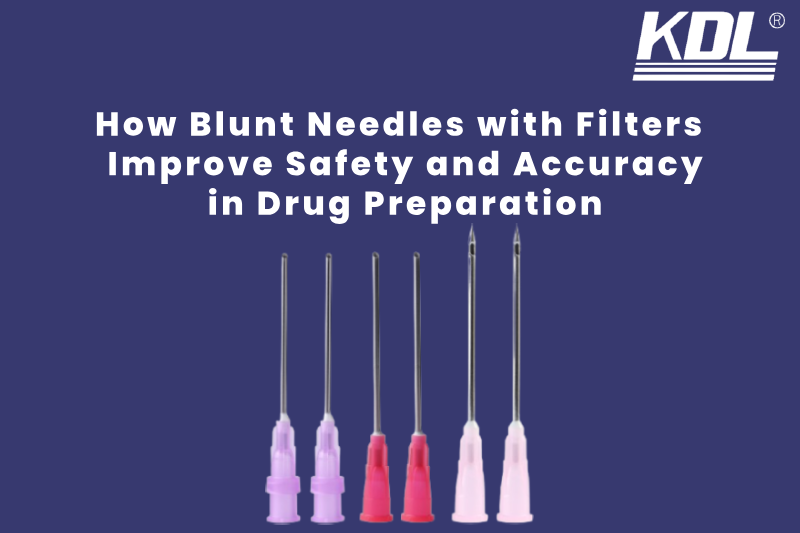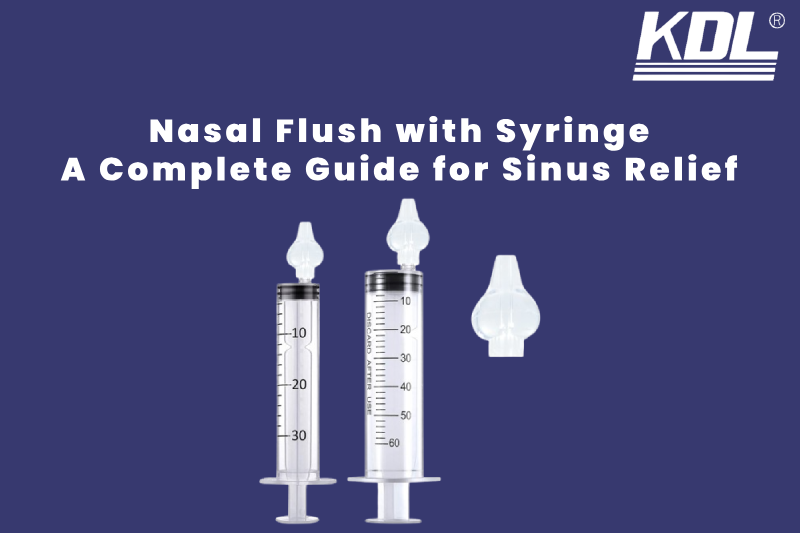
In the world of skincare and aesthetics, there’s a treatment that’s gaining popularity for good reason — Radio Frequency (RF) Microneedling. This procedure blends technology with traditional techniques to rejuvenate the skin in ways creams and serums simply can’t match.
But while the buzz often centers around the results, few people talk about one of the most important parts of the treatment: the needles. Specifically, sterile, single-use needles.
In this blog post, we’ll explore what RF microneedling is, how it works, and why using high-quality, disposable sterile RF needles is essential for both safety and better results.
What is RF Microneedling?
RF microneedling is a non-surgical cosmetic treatment that improves skin texture, tightens the skin, reduces wrinkles, and treats acne scars. It does this by combining two powerful techniques:
- Microneedling, which involves tiny needles that create small punctures in the skin.
- Radio Frequency (RF) energy, which is delivered through those needles into deeper layers of the skin
This combination triggers the body’s natural healing process, which includes producing more collagen and elastin — the proteins that keep skin firm and smooth.
How Does It Work?
During the treatment, a technician uses a handheld device with dozens of tiny needles on its tip. These needles puncture the top layer of skin and simultaneously emit RF energy into the deeper layers. This energy heats the skin beneath the surface, which tightens the tissue and encourages new collagen growth.
The punctures from the needles themselves also kickstart a healing process that helps renew the skin. This double effect — physical stimulation from the needles and heat from the RF — makes the treatment much more effective than microneedling or RF alone.
The Importance of Using the Right Needle for RF Microneedling
It’s easy to think all needles are the same, but in RF microneedling, the quality and cleanliness of the needle can change everything.
The needle is the part of the device that goes directly into the skin and delivers the energy. If it’s not sharp enough, clean enough, or used properly, it can cause more harm than good.
Key reasons why disposable sterile needles are the best for RF Microneedling
1. Safety First: Avoiding Infections
Skin is your body’s first line of defense. Any time you puncture it, even slightly, there’s a risk of infection. If the needle being used isn’t completely sterile — meaning free from any bacteria or contaminants — you could introduce harmful germs directly into the skin.
With RF microneedling, the stakes are even higher because the needles reach deeper layers and add heat. That means the treatment area is more sensitive and vulnerable.
Using best single-use, RF Microneedling needles ensures every patient is treated with a clean, safe tool. There’s no risk of bacteria from previous use, and no need to rely on cleaning processes that can sometimes fall short.
2. Precision: Better Results from Better Needles
Every treatment should deliver energy to exactly the right depth and area of the skin. But if needles are dull, bent, or inconsistently manufactured, it’s impossible to get that precision.
Sterile disposable needles are:
- Sharper and more uniform
- Designed for single-use so they don’t wear down
- Manufactured with high standards for medical procedures
This precision means better results — smoother skin, tighter texture, and more even tone — with fewer side effects like redness or swelling.
3. Consistent Energy Delivery
The goal of RF microneedling is to send radiofrequency energy into the skin evenly. That energy needs a clear, uninterrupted path through the needle into the skin.
If a needle is reused or poorly made, the connection between the device and the skin can become uneven. This leads to:
- Hot spots (too much heat in one area)
- Cold spots (not enough energy)
- Irregular results
Using clean, high-quality disposable radio frequency needles ensures each treatment is consistent, which builds trust with clients and delivers predictable, safe outcomes.
4. Regulatory Compliance
In many countries, health and safety regulations require the use of single-use tools in any procedure that punctures the skin — and for good reason. Reusing needles or failing to sterilize them properly puts both the provider and patient at risk.
Sterile, single-use needles take the guesswork out of compliance. They arrive ready to use, individually packaged, and marked with sterilization indicators. This helps clinics:
- Meet local and national safety standards
- Protect themselves legally
- Reassure clients that their safety is the top priority
5. Easier for Clinics, Better for Clients
From a clinic’s perspective, using disposable needles simplifies the process:
- No need to sterilize tools between patients
- Less risk of cross-contamination
- Faster preparation and clean-up
For clients, it brings peace of mind. They know every treatment starts fresh — no reused tools, no shortcuts.
This builds trust, and in aesthetic medicine, trust is everything.
Comparing Different Types of RF Microneedling Needles
Let’s take a closer look at some of the common differences between needle types:
1. Reusable vs. Disposable
Reusable needles might seem cheaper, but they require careful cleaning and can still carry a risk of contamination.
Disposable needles are used once and then safely thrown away. They offer the highest level of safety and convenience.
2. Multi-Use vs. Single-Use
Even if a needle is labeled “multi-use,” it can wear down after just one treatment. Single-use needles are more reliable and avoid any chance of reusing a worn or contaminated needle.
3. Materials Matter
High-quality needles are often made from medical-grade stainless steel. They’re sharp, strong, and smooth. Low-quality ones may bend or break, which is dangerous and ineffective.
4. Compatibility
Some needles only work with specific machines. A good needle should fit securely and work well with most top brands of RF microneedling devices.
How KDL Disposable RF Microneedling Needles Stand Out
At KDL, we supply disposable, sterile single-use RF microneedling needles made specifically for professional use.
Here’s why professionals choose us:
Top Features:
- Pre-sterilized using ethylene oxide (EO) gas
- Individually packaged for hygiene and safety
- Customized gauges,lengths and active tip lengths.
- Compatible with most popular RF microneedling systems
Trusted Around the World:
- Used in dermatology clinics, and hospitals globally
- Manufactured to strict international medical standards
- Designed with both patient safety and clinician convenience in mind
Final Thoughts
When it comes to RF microneedling, needle quality isn’t just a small detail—it’s a critical part of treatment success. High-performance needles improve precision, enhance comfort, reduce infection risk, and support faster healing.
By choosing trusted, sterile, single-use needles like those from KDL, you’re not just investing in a better product—you’re investing in safer, more effective treatments and stronger client satisfaction. Make needle quality a top priority, and your results will speak for themselves.
If you’re ready to upgrade your tools, check out KDL Disposable RF Needles. They’re designed to help you deliver safer, smoother, and more effective treatments—every time.
 +86-791-8686-1216
+86-791-8686-1216 










